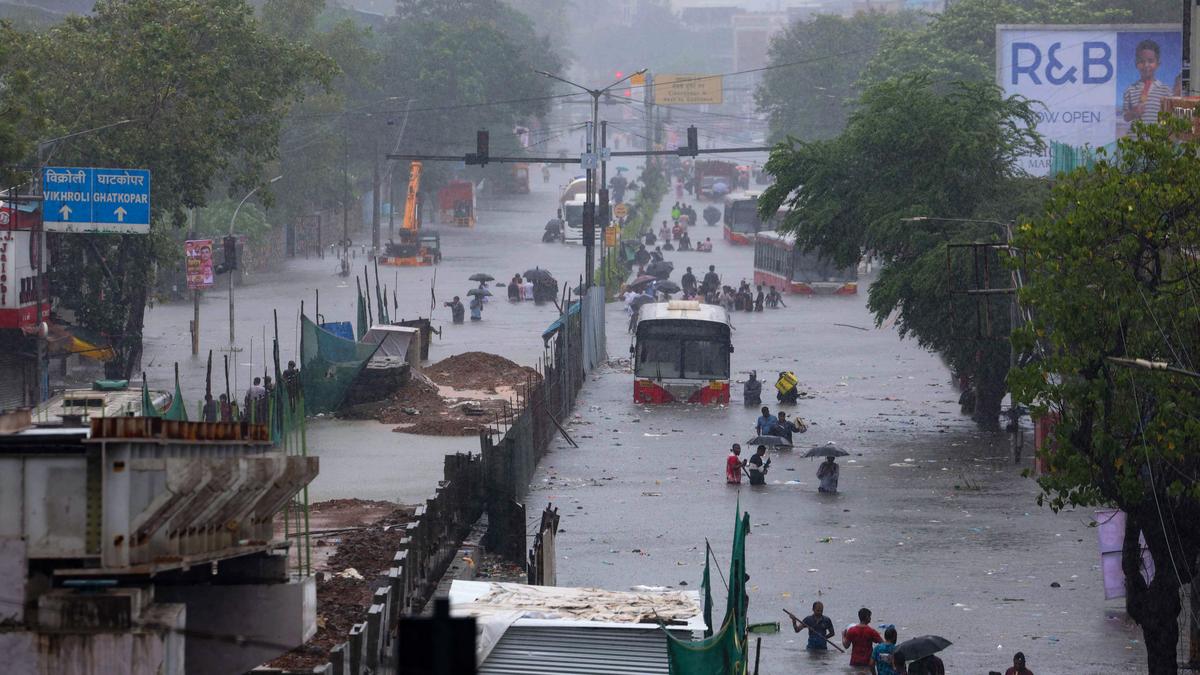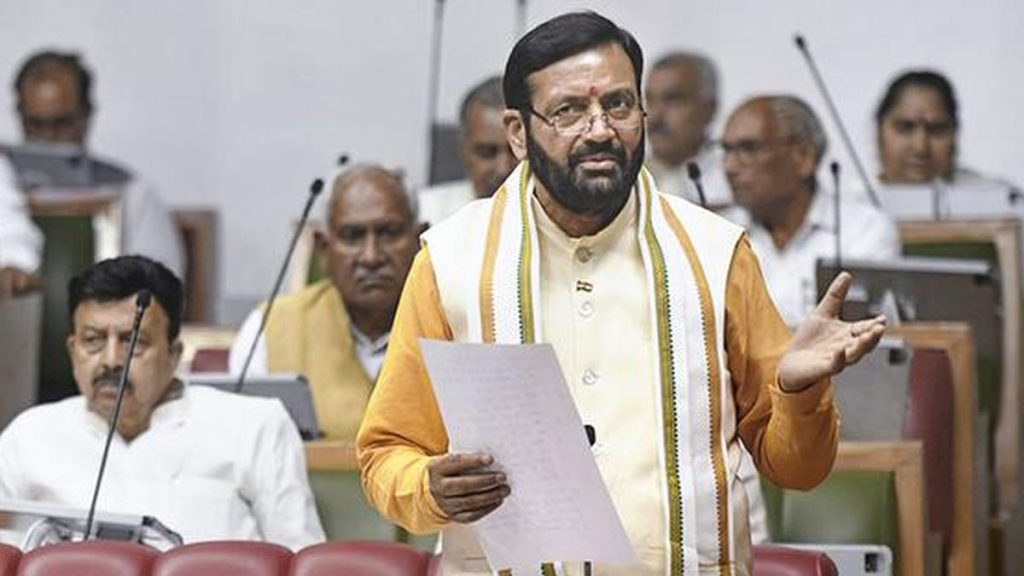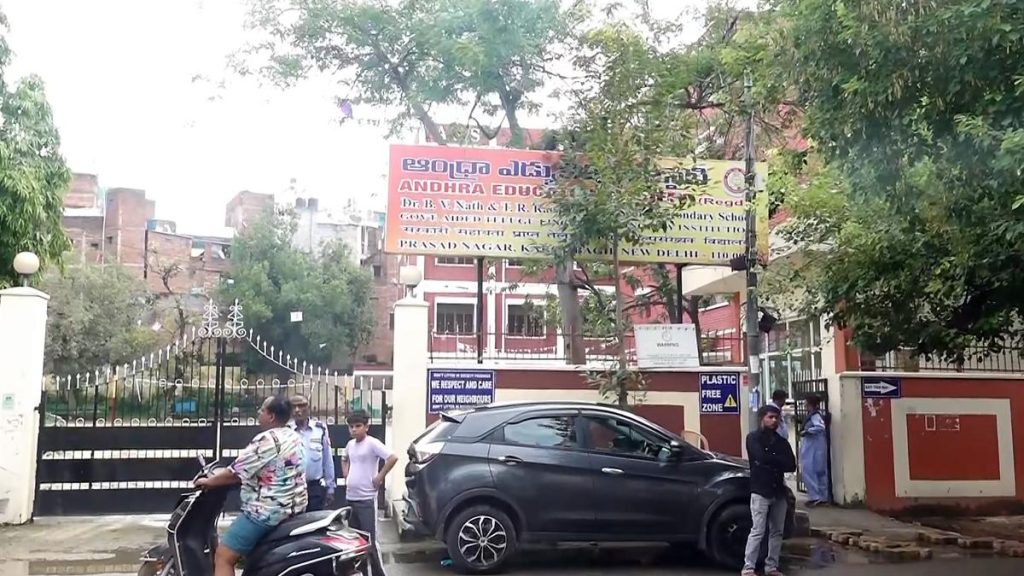Now Reading: Climate Change and Weather Systems Fuel Mumbai’s Extreme Rainfall, Say Experts
-
01
Climate Change and Weather Systems Fuel Mumbai’s Extreme Rainfall, Say Experts
Climate Change and Weather Systems Fuel Mumbai’s Extreme Rainfall, Say Experts

Rapid summary
- Rainfall Status: Mumbai has experienced continuous heavy rains since August 16, crossing its monthly average of 560.8 mm by reaching over 800 mm as of August 19, following one of its driest Julys in years.
- Meteorological factors: Experts cite multiple weather systems, including low-pressure areas and active monsoon troughs, as causes for the intense rainfall.
- climate Change Impact: Scientists stress that global warming is amplifying rainfall patterns; phenomena like Arabian Sea warming and Middle Eastern climate shifts are increasing moisture influx to coastal Maharashtra.
- infrastructure & Preparedness Needs: Specialists emphasize upgrading city infrastructure, robust early warning systems (e.g., IIT Bombay’s flood monitoring system), inter-agency coordination, and citizen-focused planning to manage urban flooding risks.
Indian Opinion Analysis
The torrential rains in Mumbai highlight a pressing challenge: the intersection of natural variability in weather patterns with human-induced climate change. While factors like cyclonic circulations and low-pressure zones routinely drive heavy monsoons in India, experts suggest that global warming acts as an intensifier rather than a root cause of such extreme events. As predictions indicate more frequent instances of urban flooding across india’s megacities due to escalating climate volatility, reliance on early warning frameworks becomes critical.
mumbai’s sheer population density renders floods particularly disruptive-impacting livelihoods, mobility, and urban logistics on a massive scale-with possibly larger economic repercussions tied to stalled daily functioning. The incorporation of AI-driven risk maps by city authorities reflects progress toward adaptation measures but underscores the broader need for cohesive inter-agency response mechanisms nationwide. Coordinating investments between municipal bodies and scientific institutions will be essential for long-term resilience-building not only within Mumbai but across similar at-risk regions.
Read more: Mumbai rains LIVE updates – The Hindu
























